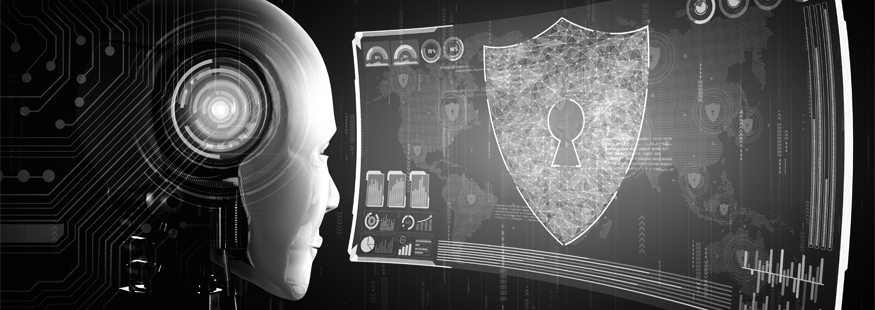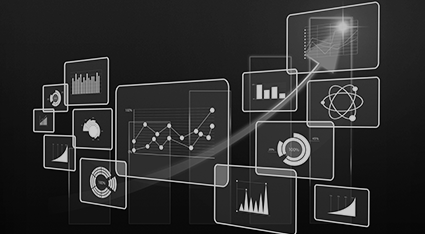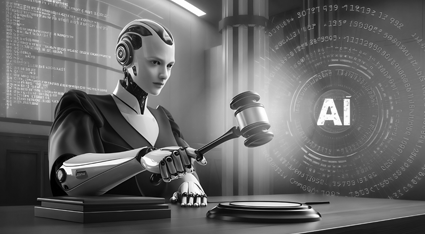Introduction
Cybersecurity threats are evolving at an unprecedented pace, and traditional security frameworks are struggling to keep up. Enterprises today face more sophisticated cyberattacks, from AI-powered phishing attempts to deepfake fraud. In response, businesses are turning to AI-driven cybersecurity solutions to detect, prevent, and mitigate threats in real time.
In 2025, enterprises that fail to integrate AI into their cybersecurity strategies will find themselves vulnerable. AI is no longer a luxury—it’s a necessity for staying ahead of cybercriminals and protecting sensitive data.
How AI is Revolutionizing Cybersecurity
AI-Powered Threat Detection
AI-driven threat detection systems analyze network traffic, user behavior, and system logs to identify anomalies. Unlike traditional rule-based security measures, AI continuously learns from new cyberattack patterns, detecting threats before they cause damage.
Predictive Analytics for Cyber Risk Assessment
Predictive AI models assess cybersecurity risks by analyzing historical attack data and system vulnerabilities. Enterprises use AI-driven insights to identify potential security gaps and strengthen defenses before an attack occurs.
Automated Incident Response & Remediation
AI-powered security systems don’t just detect threats—they respond to them automatically. AI-driven automation enables faster threat containment, isolating compromised systems and mitigating risks without human intervention.
Key Benefits of AI in Cybersecurity
Faster Threat Detection & Response
AI significantly reduces the time needed to identify and respond to cyber threats, preventing major security breaches.
Reduced False Positives in Security Alerts
AI models improve accuracy in detecting real threats, minimizing false alarms that often overwhelm security teams.
AI-Driven Fraud Prevention
AI analyzes transactional data to detect fraudulent activities, protecting businesses from financial losses and identity theft.
Adaptive Security Frameworks
Unlike traditional cybersecurity tools that rely on static rules, AI-based security systems adapt to evolving attack strategies, making them more effective over time.
How Enterprises Can Implement AI-Powered Cybersecurity
Deploy AI-Powered Endpoint Security
AI-driven endpoint security solutions continuously monitor devices for suspicious activities, preventing malware attacks before they infiltrate enterprise networks.
Leverage AI for Cloud Security & Compliance
AI helps enterprises secure cloud infrastructure by detecting unauthorized access attempts, ensuring compliance with regulatory standards like GDPR and CCPA.
Use AI for Behavioral Analytics & Anomaly Detection
AI monitors user behavior patterns to detect insider threats and unusual activities, flagging potential security risks before data breaches occur.
Automate Security Operations with AI
Enterprises can integrate AI into their security operations center (SOC) to automate threat detection, incident response, and compliance reporting, reducing the workload for security teams.
Challenges in AI-Powered Cybersecurity
Adversarial AI & AI-Powered Cyber Threats
Cybercriminals are using AI to bypass security defenses. Enterprises must continuously evolve their AI-driven security strategies to counter emerging threats.
Data Privacy & AI Ethics in Cybersecurity
While AI enhances security, it also raises concerns about data privacy. Enterprises must ensure that AI-driven security solutions comply with privacy regulations and ethical AI practices.
Integration with Legacy Security Systems
Many organizations struggle with integrating AI into existing security infrastructures. A step-by-step AI adoption plan helps ensure seamless integration without disrupting operations.
The Future of AI in Cybersecurity
AI is reshaping cybersecurity by enabling faster threat detection, proactive risk management, and automated security responses. Enterprises that leverage AI-powered security solutions will be better equipped to handle emerging cyber threats and safeguard their digital assets.
The future of cybersecurity is AI-driven. The question is not whether enterprises should adopt AI for security—but how quickly they can integrate AI-powered defense mechanisms to stay ahead of cybercriminals in an increasingly complex threat landscape.







